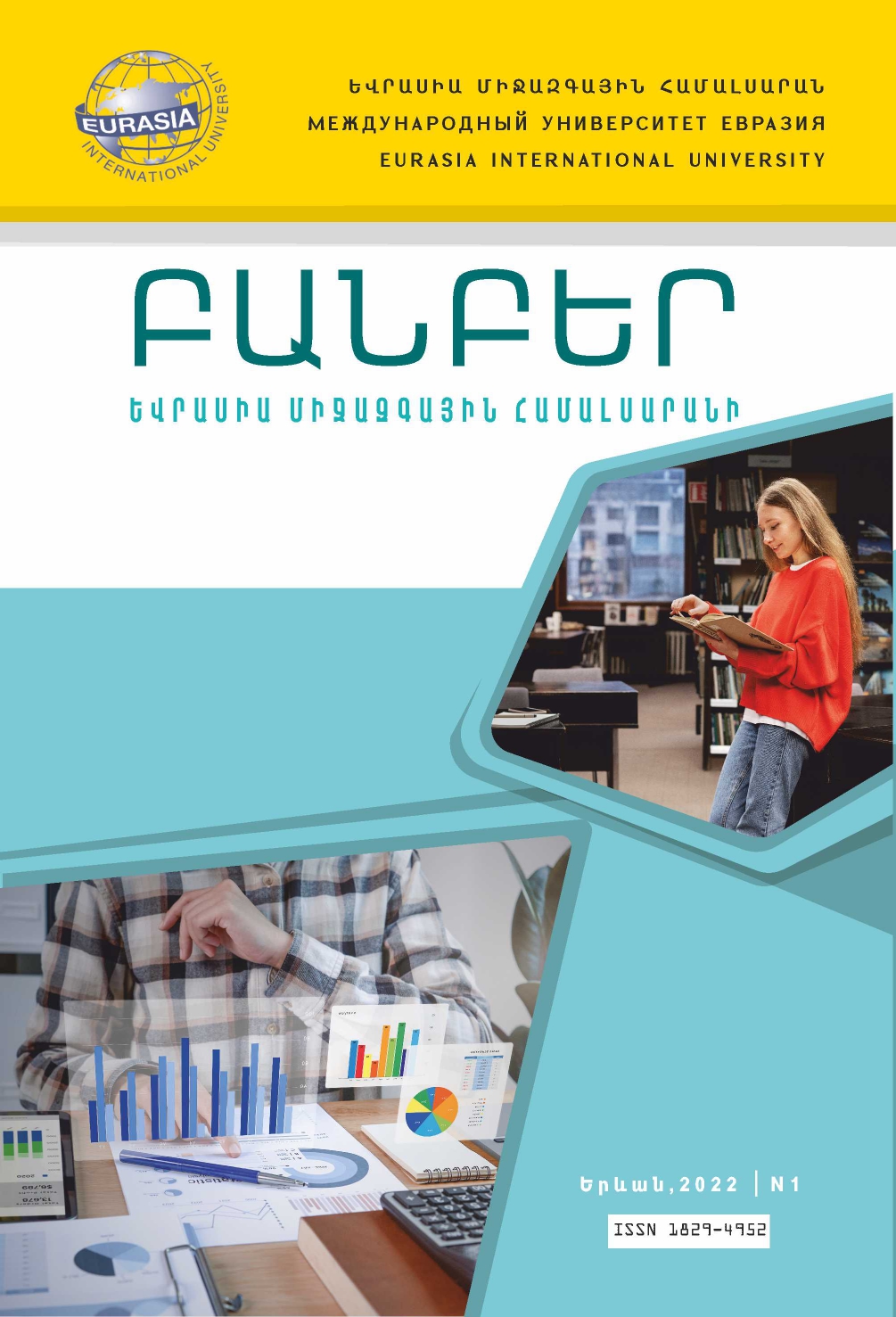EXEMPTION FROM CRIMINAL LIABILITY FOR TYPES OF BRIBERY AS A MEANS OF INCENTIVE
DOI:
https://doi.org/10.53614/18294952-2022.1-42Keywords:
bribery, incentive norm, latency, voluntary expression of will, responsibility, bribery.Abstract
The article is devoted to incentive norms in the wording of the corpus delicti of bribery crimes. This is stipulated not only by the legislation of the Republic of Armenia, but also outside its territory. This allows criminals to voluntarily report a crime, assist to the bodies conducting the proceedings and be exempt from liability. An analysis of the relevant provision regarding wording has been carried out. The relevant norms of incentives for exemption from liability in cases of corruption in the criminal codes of different countries have been studied and compared to the relevant norm of the Criminal Code of the Republic of Armenia. We have also referred to the New Criminal Code where this provision is absent. Opinions, proposals on the wording of the norm, elimination of time limits, and several other provisions were presented on the issues under discussion. In particular, the author believes that the conjunction "or" should not be used in the incentive norm.




